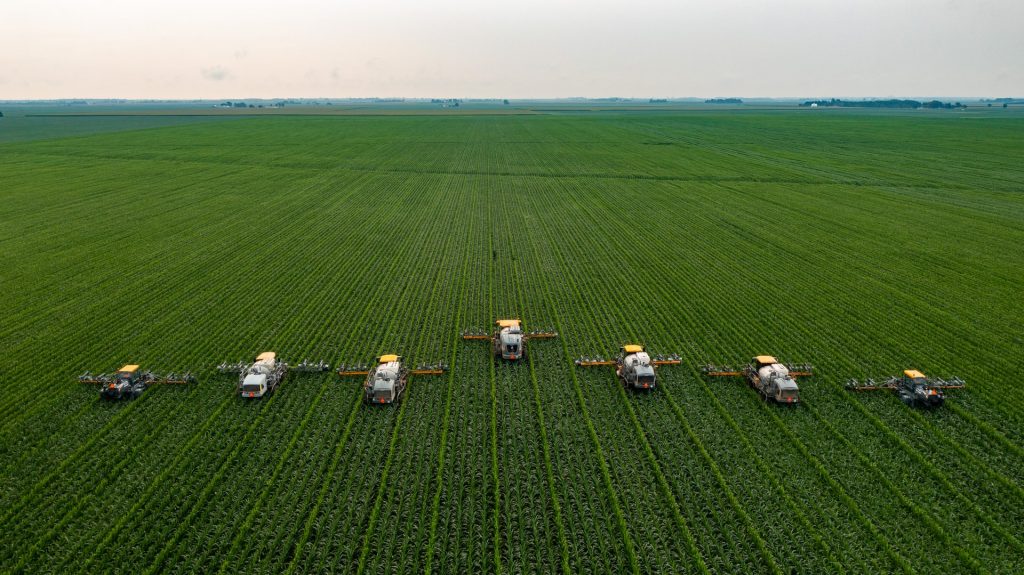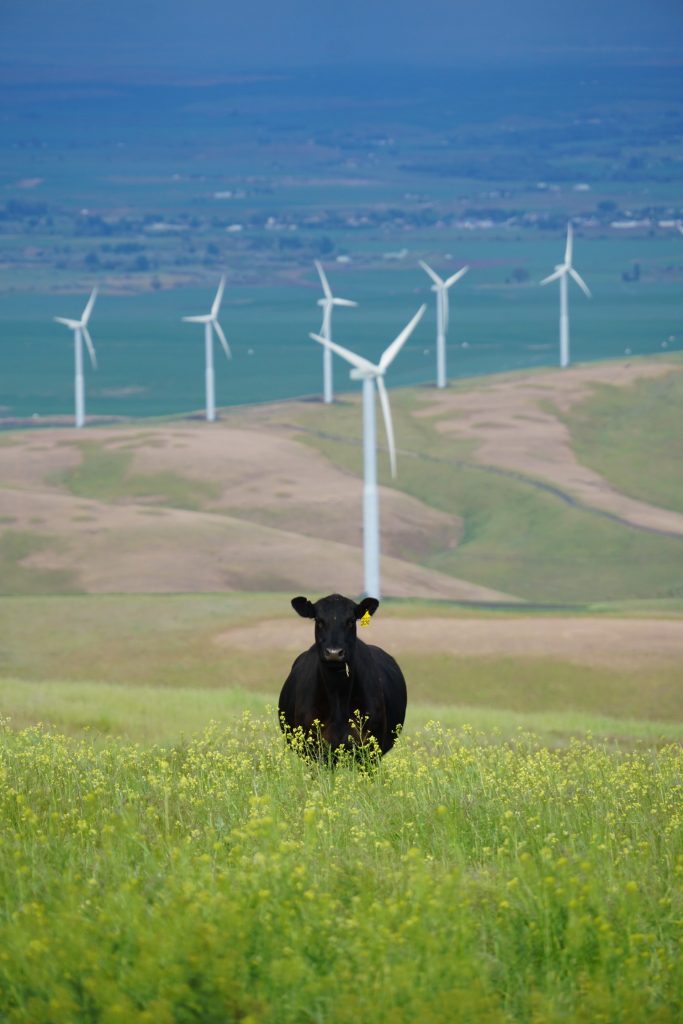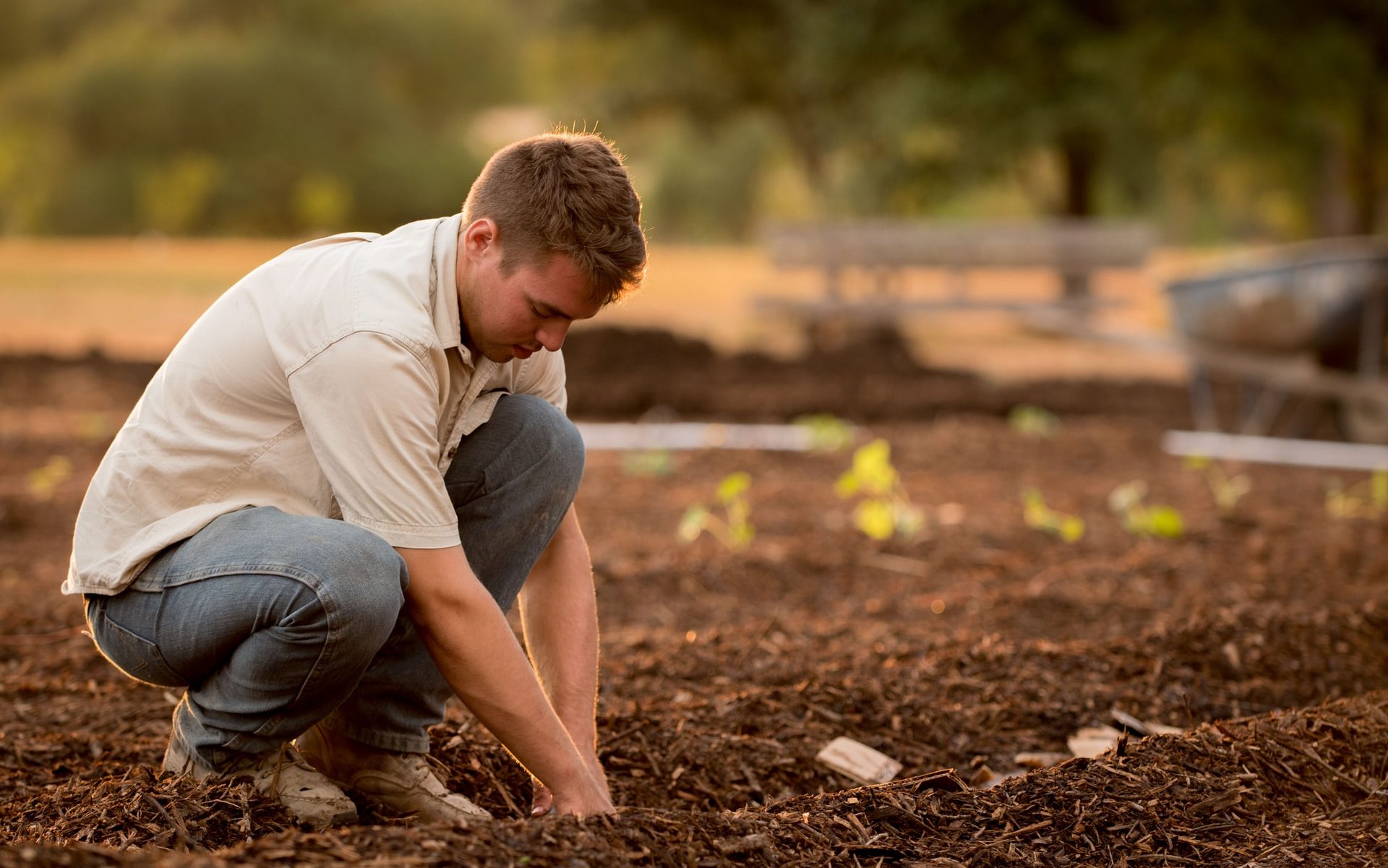The global market value for agricultural products is enormous, suggesting that farming operations, in general, earn high revenue. To estimate which farming is most profitable, this article examines the conventional agriculture sectors and attempts to account for cost. It also reveals four farming types that are highly profitable due to long-term cost efficiency.
What farming is most profitable?
The worldwide market value of agriculture was around USD $11.287 trillion (AUD $17.406 trillion / CAD $15.860 trillion / GBP £8.428 trillion) in 2021 and is forecasted to expand to slightly over USD $18.814 trillion (AUD $29.014 trillion / CAD $26.437 trillion / GBP £14.049 trillion) in 2026.

Diving deeper, the farming-related markets in agriculture and food and beverage in 2021 show the following growth expectation:
| No. | Market | Description | Market Value (2021) | Expected Value (2026) |
| 1 | Grain farming (Category: Agriculture) | Farms that produce wheat, barley, oats, corn, rice, and other grains. Excludes processed grain products | USD $1.207 trillion (AUD $1.861 trillion / CAD $1.696 trillion / GBP £0.901 trillion) | USD $2.003 trillion (AUD $3.089 trillion / CAD $2.815 trillion / GBP £1.496 trillion) |
| 2 | Meat products (Category: Food & Beverages) | Farms that produce meat of beef, buffalo, pork, mutton, and rabbit. | USD $1.091 trillion (AUD $1.682 trillion / CAD $1.533 trillion / GBP £0.815 trillion) | USD $1.546 trillion (AUD $2.384 trillion / CAD $2.172 trillion / GBP £1.154 trillion) |
| 3 | Fruit and nut farming (Category: Agriculture) | Farms and orchards that grow and harvest groups such as oranges, grapes, apples, and bananas, and tree nuts such as almonds, walnuts, and pecans. | USD $953.49 billion (AUD $1,470.41 billion / CAD $1,339.82 billion / GBP £711.99 billion) | USD $1.795 trillion (AUD $2.768 trillion / CAD $2.522 trillion / GBP £1.340 trillion) |
| 4 | Fishing, hunting, and trapping (Category: Agriculture) | Aquaculture and sportfishing for food consumption | USD $936.4 billion (AUD $1,444.1 billion / CAD $1,315.8 billion / GBP £699.2 billion) | USD $1.507 trillion (AUD $2.324 trillion / CAD $2.118 trillion / GBP £1.125 trillion) |
| 5 | General crop farming (Category: Agriculture) | Includes hay and grass seeds, tobacco, cotton, shelled groundnuts, sugarcane, sugar beet, fiber crops, tea, coffee, rubber, and other general crops | USD $314.51 billion (AUD $485.02 billion / CAD $441.94 billion / GBP £234.85 billion) | USD $546.92 billion (AUD $843.43 billion / CAD $768.52 billion / GBP £408.39 billion) |
| 6 | Poultry (Category: Food & Beverages) | Farms that raise chickens, ducks, geese, rabbits, small game and turkeys. | USD $319.2 billion (in 2019) (AUD $492.3 billion / CAD $448.5 billion / GBP £238.4 billion) | USD $465.7 billion (in 2025) (AUD $718.19 billion / CAD $654.4 billion / GBP £347.7 billion) |
| 7 | Egg (Category: Agriculture) | Eggs from poultry farms that produce raw eggs of several types of birds. | USD $226.37 billion (AUD $349.09 billion / CAD $318.09 billion / GBP £169.03 billion) | USD $374.05 billion (AUD $576.84 billion / CAD $525.60 billion / GBP £279.31 billion) |
What does global market value say about profitability?
While the global market value of the overall market and specific agricultural sectors helps us estimate growth opportunities in the coming years, it ignores cost. Since profit is revenue in consideration of expenses, market value might not accurately tell us the most profitable types of farming.
Assuming that farms are able to lower their operating costs and overheads significantly (usually through investments in technology and automation), the top three most profitable types of farming would be:
- Grain Farming
- Livestock Farming (excluding aquaculture and poultry)
- Fruit and Nut Farming

Caveat: Operating costs & challenging margins for traditional farming
It is hard to tell which type of farming is most profitable because the operating costs of each farm and each agriculture market vary wildly.
Further, conventional farming is notoriously costly, with only 43% of farms making a profit in 2017 (based on the USDA census). In fact, from 2017 to 2022, major expenses of farm origin (such as feed, animal, crop seeds) and manufactured inputs (such as electricity, fuel, fertilizer, pesticides) have risen by around 24%. To put this into perspective, 2021’s farm net profit is still slightly below 2013.
Add to that, excessive competition has forced numerous farms to close down. For perspective on farm management salaries, this section reveals the average and median wages of farm managers and agriculture workers.
If you are seeking highly profitable types of farming that considers long-term cost-effectiveness, with far fewer competitors, look no further than below.
3 Highly Profitable Types of Farming (that consider long-term cost)
Here are three types of farming that are forecasted to grow rapidly in the next several years. They are investments that even smaller farms can consider making with government grants.
1. Vertical farming

Vertical farming is a type of indoor agriculture where crops are grown in vertically stacked layers in a controlled environment. The crops are grown in a soil-less medium and are fed by a nutrient-rich water solution. LED lights are used to create the perfect growing conditions for the crops. This setup allows farmers to optimize factors such as light, water, and temperature to create an ideal growing environment for their crops.
The benefits of vertical farming include year-round production, reduced water consumption, and the reduced need for pesticides and fertilizers. Additionally, the proximity of crops to consumers allows for shorter distribution channels and reduced food miles, which results in increased profitability for farmers. Vertical farming will incorporate the components of Hydroponics, Aeroponics, and Aquaponics farming in its set-up.
Vertical farming has been shown to be more profitable than traditional farming methods and can be used to produce a variety of crops, including leafy greens, herbs, fruits, and vegetables. Grand View Research expects the global market for vertical farming to be at USD $33.02 billion (AUD $50.92 billion / CAD $46.40 billion / GBP £24.66 billion) by 2030, with a compound annual growth rate of 25.5% between 2022 to 2030. The rise in the number of smaller commercial vertical farms is predicted to spur North America’s growth significantly during the mentioned period.
2. Precision farming

Precision farming is a type of agriculture that relies on technology to help farmers manage and optimize inputs like water, fertilizer, and pesticides. The technology can include GPS mapping and guidance systems for tractors and other machinery, sensors to monitor crops or soil health, or software that predicts yields or crop pests.
Precision farming can help farmers be more efficient with their land, water, and inputs like fertilizer and pesticides. It can also lead to increased profitability for farmers because they can produce more with less waste.
In 2021, the global market value of precision farming was USD $6.96 billion (AUD $10.73 billion / CAD $9.78 billion / GBP £5.20 billion). Grand View Research expects it to increase to USD $20.84 billion (AUD $32.14 billion / CAD $29.28 billion / GBP £15.56 billion) by 2030, attributing the growth to the increasing penetration of the Internet of Things (IoT).
3. Hydroponics farming

Hydroponics farming is a type of agriculture where crops are grown in water and nutrient solutions, without the use of soil. The plants are supported in a medium such as gravel, sand, or vermiculite. Nutrients are delivered to the plants in solution, often through a drip irrigation system.
This method of agriculture has many advantages over traditional farming methods: it uses less water, takes up less space, and produces fewer agricultural pollutants. Additionally, because the plants are not growing in soil, they are less susceptible to disease and pests. Further, the shorter production times and ability to be used to grow a wide variety of crops, make it an attractive option for farmers and consumers alike.
The hydroponic market is growing rapidly and is expected to have a value of USD 9.76 billion (AUD $15.05 billion / CAD $13.71 billion / GBP £7.29 billion) by 2028, up by 20.7% in CAGR (Compound Annual Growth Rate) from 2021. This rapid growth is attributed to the increasing demand for fresh produce and vegan living. Hydroponics offers several benefits, including higher yields, reduced water usage, increased crop flexibility, and shorter production times.
Bottom Line: Let Highly Profitable Types of Farming Help You Pick Your Farming Course
There are three types of farming that are highly profitable based on their global market values and cost-effectiveness in terms of operations. These exclude the traditional markets in which grain farming and livestock farming tops the farming sector.
While there are many other types of farming that can be successful, these three have been shown to have the greatest potential for profitability. This also means high demand for skilled professionals in Agri-tech. So, pick your agriculture and farming course wisely.
As always, it is important to do your own research before starting any kind of farm (or embarking on a farming course specialisation) and to consult with an expert in the field.
Online courses related to farming profitability & technology
Sources
- Agriculture Global Market Report 2022, https://www.thebusinessresearchcompany.com/report/agriculture-global-market-report
- Agriculture search, TheBusinessResearchCompany, https://www.thebusinessresearchcompany.com/reports/agriculture-market-research
- In the age of farm-to-table, only a small fraction of US farmers are profitable, https://qz.com/1714519/in-the-age-of-farm-to-table-farmers-are-barely-profitable/
- Farm Income and Wealth Statistics | Net cash income, https://data.ers.usda.gov/reports.aspx?ID=17831
- Precision Farming Market Size Worth $20.84 Billion By 2030, https://www.grandviewresearch.com/press-release/global-precision-farming-market.
- Vertical Farming Market Size Worth $33.02 Billion By 2030, https://www.grandviewresearch.com/press-release/global-vertical-farming-market
- Hydroponics Market Worth $9.76 Billion By 2028 | CAGR: 20.7%, https://www.grandviewresearch.com/press-release/global-hydroponics-market
Agriculture & farming courses to kickstart your career
Whether you’re a career or hobby farmer, find the best training for yourself.


